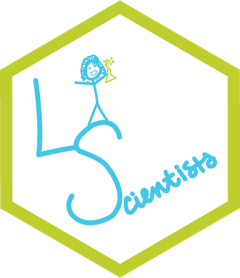I became a high school speech pathologist after earning a Master’s degree in Speech and Language Pathology. When I was in school, Speech and Language Pathologists (SLPs) didn't learn a whole lot about orthography. We learned many things...
All in For Researchers
Weekly Digest #68: Desirable Difficulties
The concept of desirable difficulties describes the idea that students need tasks that challenge them to the right degree in order to learn best. Some have criticized this theory for being circular (1). That is, when a learning task is easy and later performance is low...
The Key to Interleaving: Jumble It Up!
Interleaving can be a confusing topic and is often confused with spaced practice. In laboratory studies, we can disentangle the effects of interleaving and spacing to show that they are both helpful on their own to produce learning (1). However, in classroom ...
GUEST POST: Elaborative Interrogation – What if Students Can’t Produce Useful Elaborations?
Diagrams can help students learn, especially when students connect verbal information (like words in the text of a lesson) with the diagrams (1). But getting students to make these connections can be tricky because you can’t look at a diagram and the text at the same time!
Weekly Digest #67: Dual Coding in the Classroom
Dual coding, or combining visuals with words, is one of the 6 strategies for effective learning. The idea is that by combining a visual representation of an idea with a verbal representation of an idea, we will be able to learn the idea better. (Of course, this can be ...
GUEST POST: WOOP Your Way Forward - A Self-Regulation Strategy That Could Help You Get Ahead and Stay Ahead
You’ve got a big project due at the end of the term. You’ve got a cumulative exam in two weeks. You’ve got an oral presentation in three days. You know you should space your study/work sessions (because you’ve been reading posts such as this one on this blog)...






